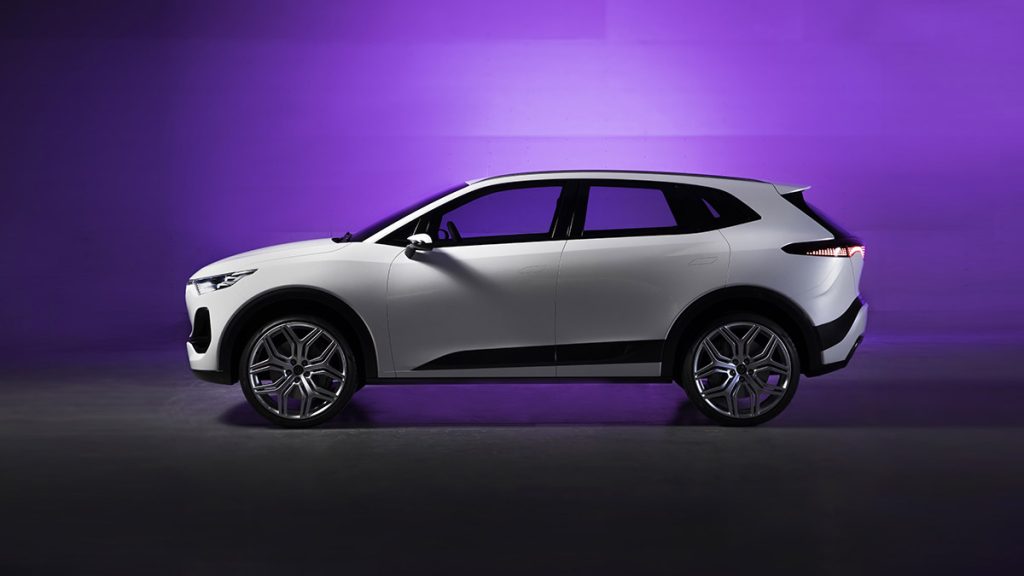The Poles do not want to sleep and have agreed to cooperate with the Chinese giant. The result is an SUV with the performance of an Audi, the looks of a BMW, the quality of a Mercedes and the price of a Dacia. When will he be with us?
If we write that this was to be expected, it would only be a half-confession. A full confession would make it seem like he’s basically surprised it didn’t happen a year earlier, for example. On the other hand, there is something about the Czech proverb “all in time” and it is as obviously true in the automotive industry as anywhere else. In addition to all the production and accounting losses, the crisis that is devastating the sector also opens up new possibilities that otherwise might not be so relevant. And this is probably one of them. Then come with us on a little excursion to Poland.
Poles are specialists in food and Fiats
Poland is primarily known in Europe as a food power. They have their products manufactured there by reputable brands who literally stick to first class quality – and basically don’t care about anything else. In the decades following the revolution, Poland was thus able to convince even the biggest players, and today it legitimately plays in the “first league”. After all, the current “forays” of Czechs living on the border (and not only there) for cheap, but high-quality Polish food speak for themselves. In short, the Poles know their position in the food sector very well and do everything to maintain it.
In car manufacturing, it’s a slightly different story, closely related to the Italian Fiat. Despite the licensed Fiat 125 Polski and the nice “microcar” 126 Maluch, the Polish Fiat became usual manufacturer of part of the Fiat portfolio, from the Cinquecenta or Seicenta to the current 500 model. However, for now, the future seems to be electric and the “Chinese dragons” are entering Europe in search of manufacturing partners in the old continent. Or at least assembly. And one of the biggest, Geely (a few days ago we wrote about his entry into our market) has agreed on a collaboration with the Polish car manufacturer Izera.
Win-win cooperation
This consists of the delivery of the platform and other necessary “prefabs”, their completion with parts made in Poland and the final assembly “Made in EU”. China thus avoids tariffs, The Poles have access to technologies otherwise unavailable to them, the result is a completely modern product, produced in Europe and available at prices not unlike those in China. VW and other automakers that have gone through the whole process “from the ground up” (often for draconian money) are probably gnashing their teeth. However, that’s all they can do with it.
The result of the collaboration here is an SUV that has been perfectly mastered in terms of design. With two battery capacities and range calculated according to WLTP (51 kWh/340 km and 61 kWh/450 km). The benefit should be an extra fast charge time, the smallest version can be charged from 10 to 80 percent in 30 minutes. Noteworthy. DC fast chargers up to 150 kW can be used. The rear wheels are driven by a 200 kW electric motor, but Geely Holding’s full SEA platform allows for scalability, including connecting a second motor to drive the front wheels.
Promising parameters, when will production start?
A torque of 330 Nm, available “from scratch” as with any electric car, together with the declared performance, will ensure acceleration to 100 km/h in just over 6 seconds. The top speed is therefore limited to 160 km/h. Would you be inspired by Volvo and its 180 km/h limit? Geely is, among other things, the owner of the passenger division of Volvo. Despite some problems with the construction of the plant, we can expect the first series of tests in 2024, and then full production should start in 2025. It seems late, but as we already wrote in the introduction: everything in time. Maybe it’s called something similar in Poland.



